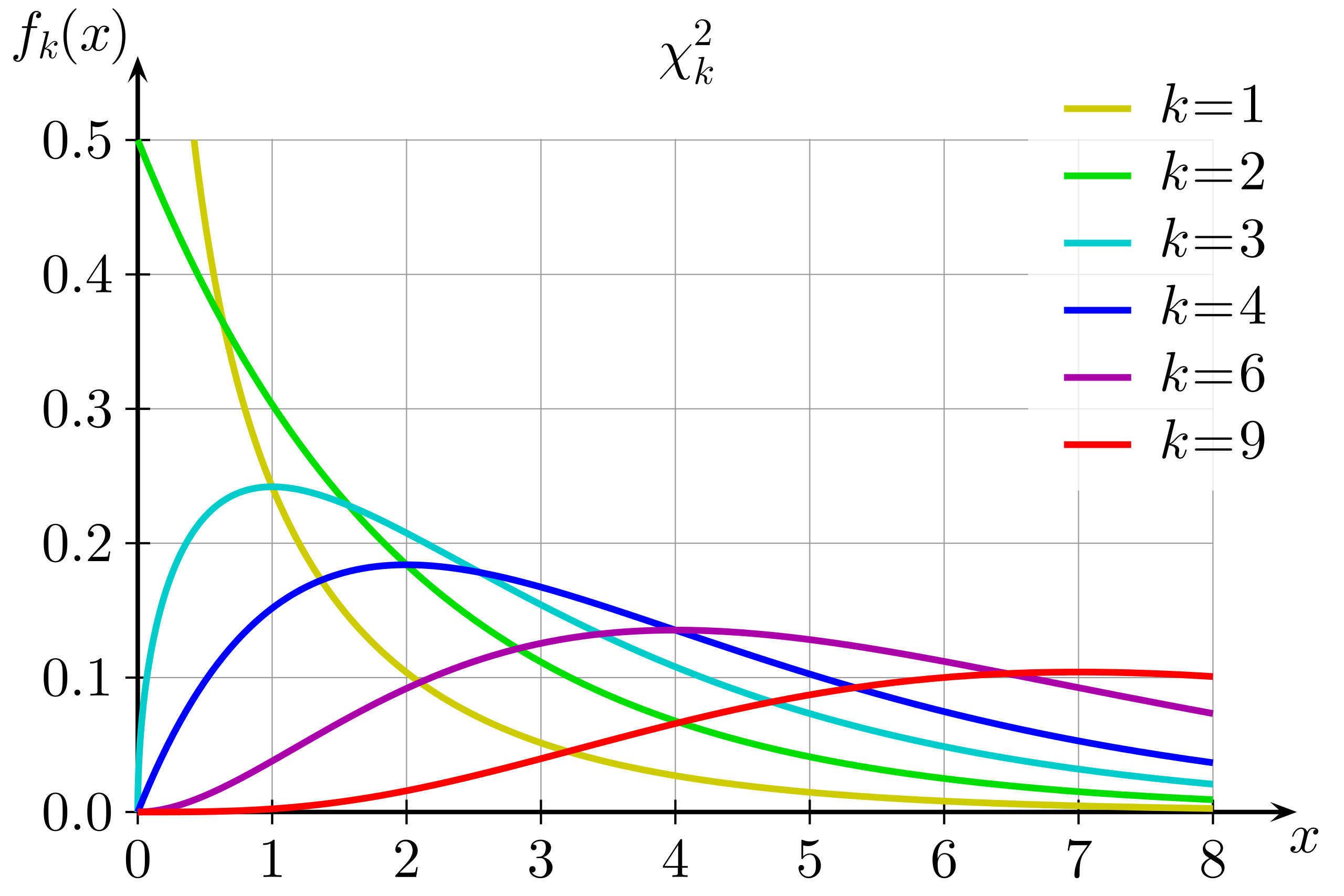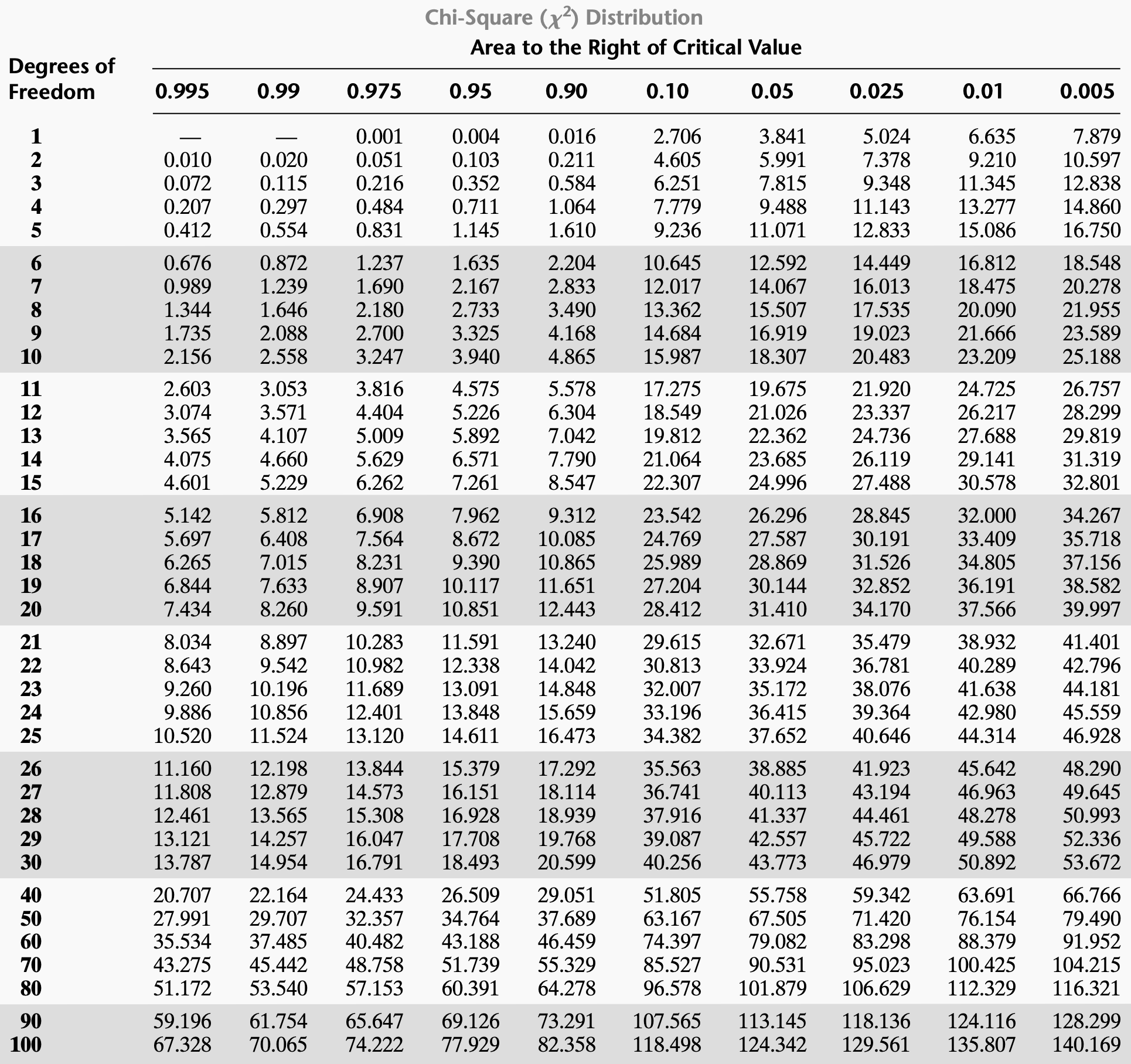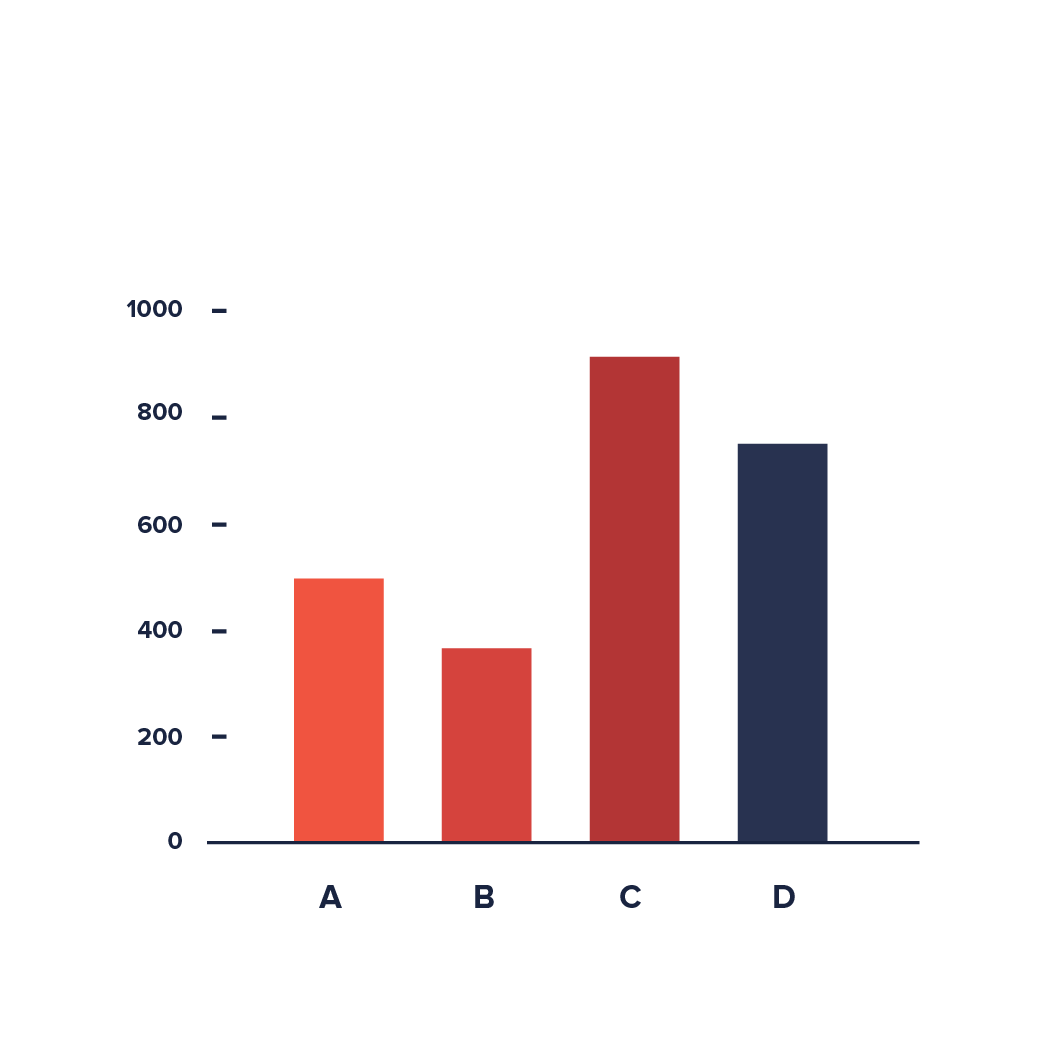Chi table square distribution test values statistics value probability critical significance using level x2 squared chart goodness basic fit tables
Table of Contents
Table of Contents
Have you ever heard of the Chi Squared Distribution Chart? This statistical tool can be incredibly helpful in analyzing data and making important decisions. In this article, we’ll explore the ins and outs of the Chi Squared Distribution Chart and why it’s a valuable tool for anyone dealing with data analysis.
When dealing with data, it can be difficult to know where to start. There are so many variables to consider, and it’s easy to get overwhelmed. The Chi Squared Distribution Chart can help alleviate some of that confusion by providing a clear and concise way to analyze data. However, understanding how to use this tool can be a pain point for many people. It’s not always intuitive, and there are many nuances to consider.
The main target of the Chi Squared Distribution Chart is to determine whether there is a significant difference between observed and expected frequencies in a dataset. Essentially, it helps us understand whether the variables we’re looking at are related or not. This is important because it allows us to identify patterns and trends that we may have otherwise missed.
In summary, the Chi Squared Distribution Chart is a powerful tool for analyzing data and identifying trends. By understanding its ins and outs, we can make more informed decisions and draw more accurate conclusions from our data.
What is the Chi Squared Distribution Chart?
At its core, the Chi Squared Distribution Chart is a statistical tool that helps us analyze data by comparing observed and expected frequencies. It essentially allows us to determine whether two variables are related or not. For example, let’s say we’re analyzing data on customer satisfaction levels for a particular product. We might use the Chi Squared Distribution Chart to see if satisfaction levels are dependent on factors like age, gender, or geographic region.
Personally, I’ve found the Chi Squared Distribution Chart to be incredibly helpful when analyzing data for my job in marketing. It’s allowed me to identify patterns and trends that I may have otherwise missed, and has helped me make more informed decisions when it comes to targeting specific demographics or regions.
How do you use the Chi Squared Distribution Chart?
Using the Chi Squared Distribution Chart can be a bit complicated, but it’s not too difficult to get the hang of with a little practice. Essentially, what you’ll need to do is calculate the expected frequencies for each variable you’re analyzing, and then compare those to the observed frequencies. From there, you can calculate a Chi Squared value and use a Chi Squared Distribution Table to determine the likelihood of the observed differences being due to chance or not.
Calculating the Chi Squared Value
The Chi Squared Value is calculated by taking the difference between the observed and expected frequencies, squaring that difference, and dividing it by the expected frequency. This value is then summed across all variables to get the overall Chi Squared Value.
Example:
Let’s say we’re analyzing customer satisfaction levels for a particular product. We’ll start by breaking our data down by age and calculating the expected frequencies for each age group based on our data. Then we’ll compare those to the observed frequencies.

Once we have our observed and expected frequencies, we can calculate the Chi Squared Value:

From here, we can use a Chi Squared Distribution Table to determine the likelihood of the observed differences being due to chance or not.
What are the strengths and limitations of the Chi Squared Distribution Chart?
One of the main strengths of the Chi Squared Distribution Chart is its ability to analyze categorical data and identify patterns that may not be immediately obvious. However, it does have some limitations. For example, the Chi Squared Distribution Chart can only be used for data that is independent and categorical, so it may not be appropriate for all types of data. Additionally, it’s important to keep in mind that correlation does not equal causation, so the results of a Chi Squared Analysis should be taken with a grain of salt.
When should you use the Chi Squared Distribution Chart?
The Chi Squared Distribution Chart can be used in a variety of situations, but it’s particularly helpful when analyzing categorical data and looking for patterns or trends. It’s also useful when attempting to determine whether two variables are related or not.
Question and Answer Section
Q: Can the Chi Squared Distribution Chart be used for continuous data?
A: No, the Chi Squared Distribution Chart can only be used for independent categorical data. It is typically not appropriate for continuous data.
Q: What is a Chi Squared Distribution Table?
A: A Chi Squared Distribution Table is used to determine the likelihood of observed differences being due to chance or not. It can be used in conjunction with the Chi Squared Value to make more informed conclusions about data.
Q: Is correlation the same as causation?
A: No, correlation does not equal causation. The results of a Chi Squared Analysis should be taken with a grain of salt and should not necessarily be used to draw conclusions about causation.
Q: How can the Chi Squared Distribution Chart help with marketing analysis?
A: The Chi Squared Distribution Chart can be incredibly helpful when analyzing customer data and identifying patterns or trends. This information can then be used to make more informed decisions when it comes to targeting specific demographics or regions.
Conclusion of Chi Squared Distribution Chart
The Chi Squared Distribution Chart is a powerful statistical tool that can help us analyze data and make more informed decisions. While it can be a bit complicated to use at first, it’s a valuable tool for anyone dealing with data analysis. By understanding its strengths and limitations, we can use the Chi Squared Distribution Chart to gain deeper insights into our data and make better decisions as a result.
Gallery
Chi Square Ex1 Chart

Photo Credit by: bing.com / chi square distribution chart test hypothesis example sigma use variance deviation sixsigmastudyguide ex1 tailed
Chi-Square Distribution And Degrees Of Freedom - Programmathically

Photo Credit by: bing.com /
Statistics - Basic Question About Using The Chi-square Table

Photo Credit by: bing.com / chi table square distribution test values statistics value probability critical significance using level x2 squared chart goodness basic fit tables
Chi-Square Distribution Table - Programmathically

Photo Credit by: bing.com / elgin ch09
Chi-squared Distribution Table | Download Scientific Diagram

Photo Credit by: bing.com / squared tbl5






